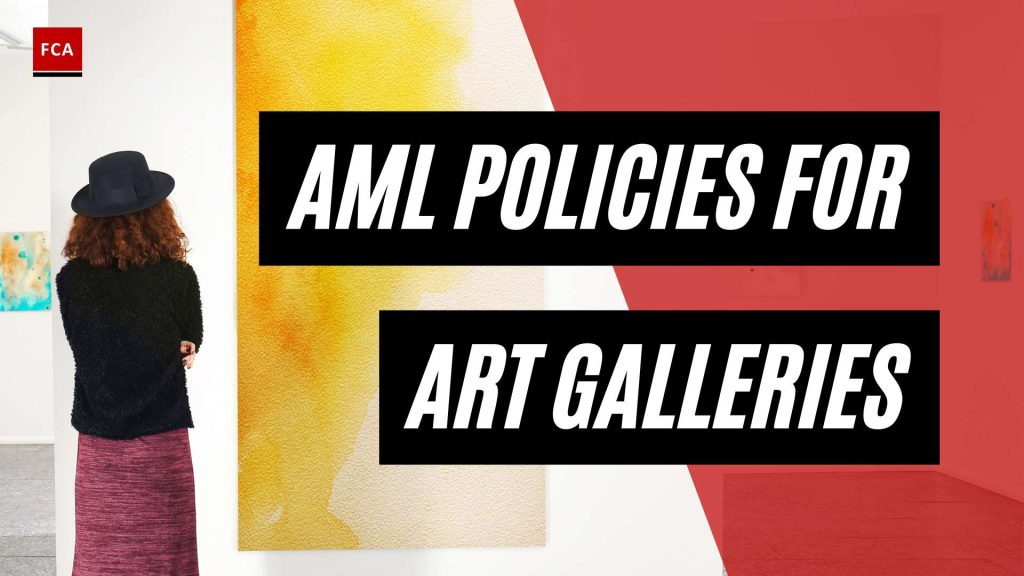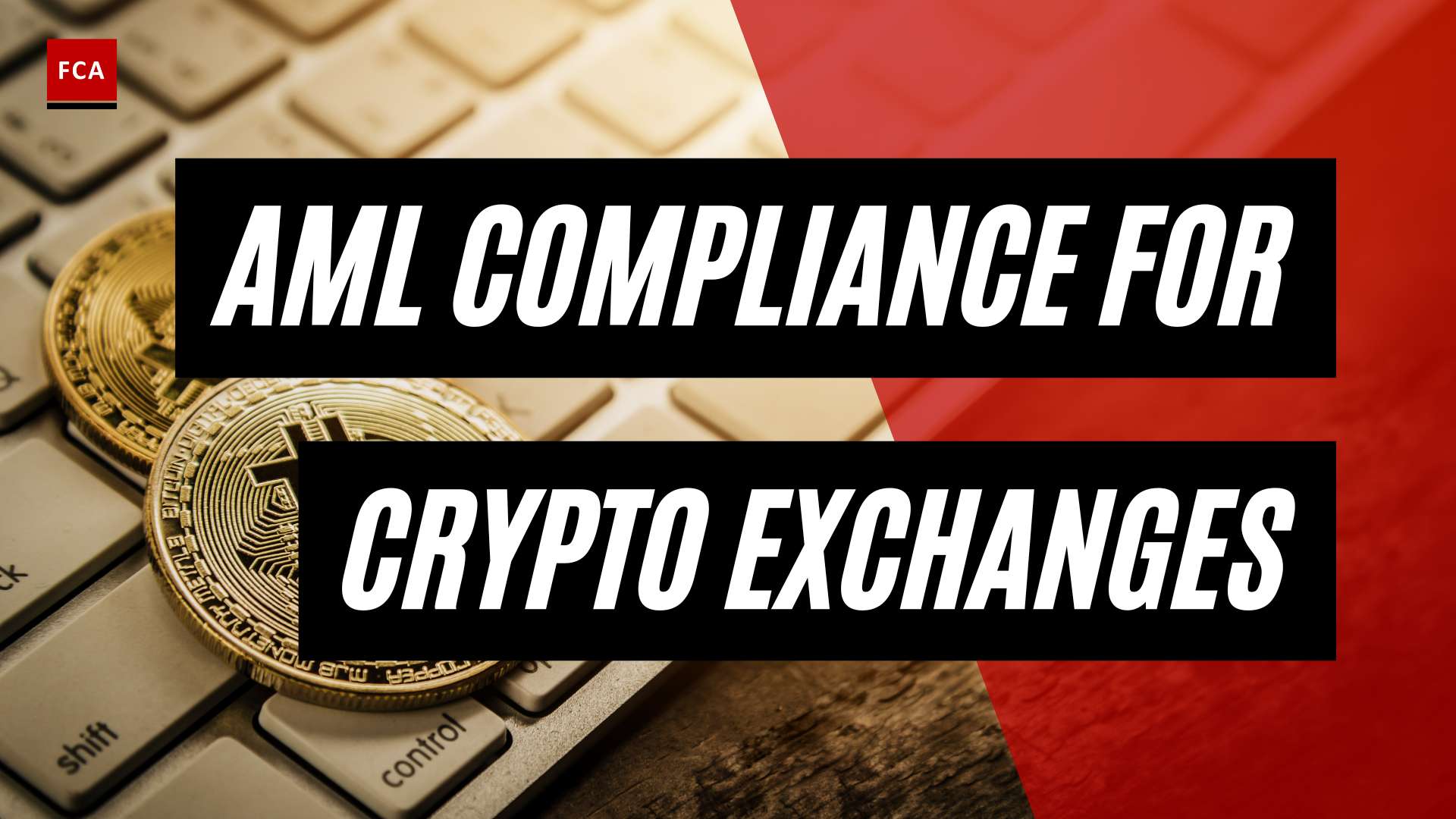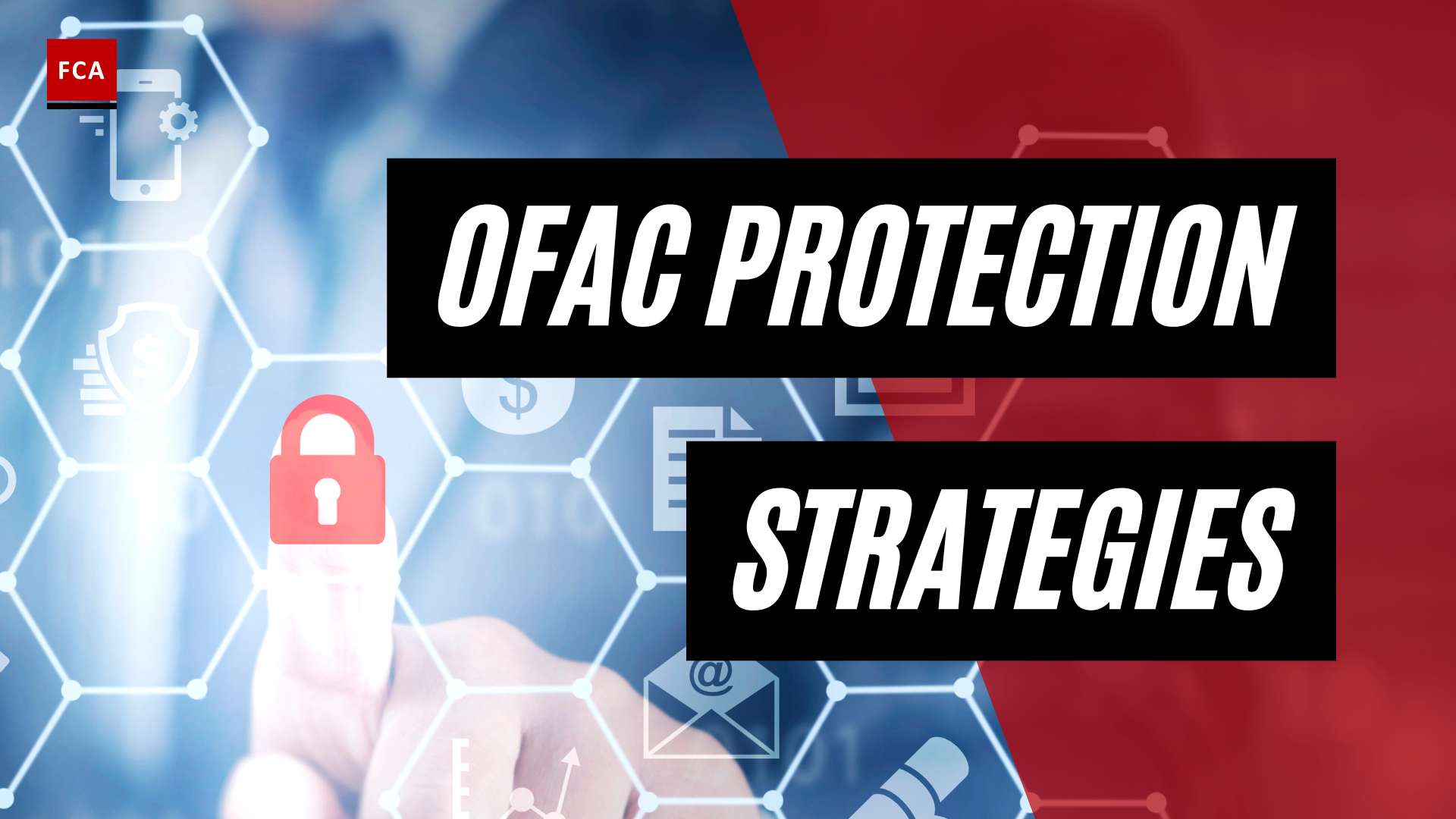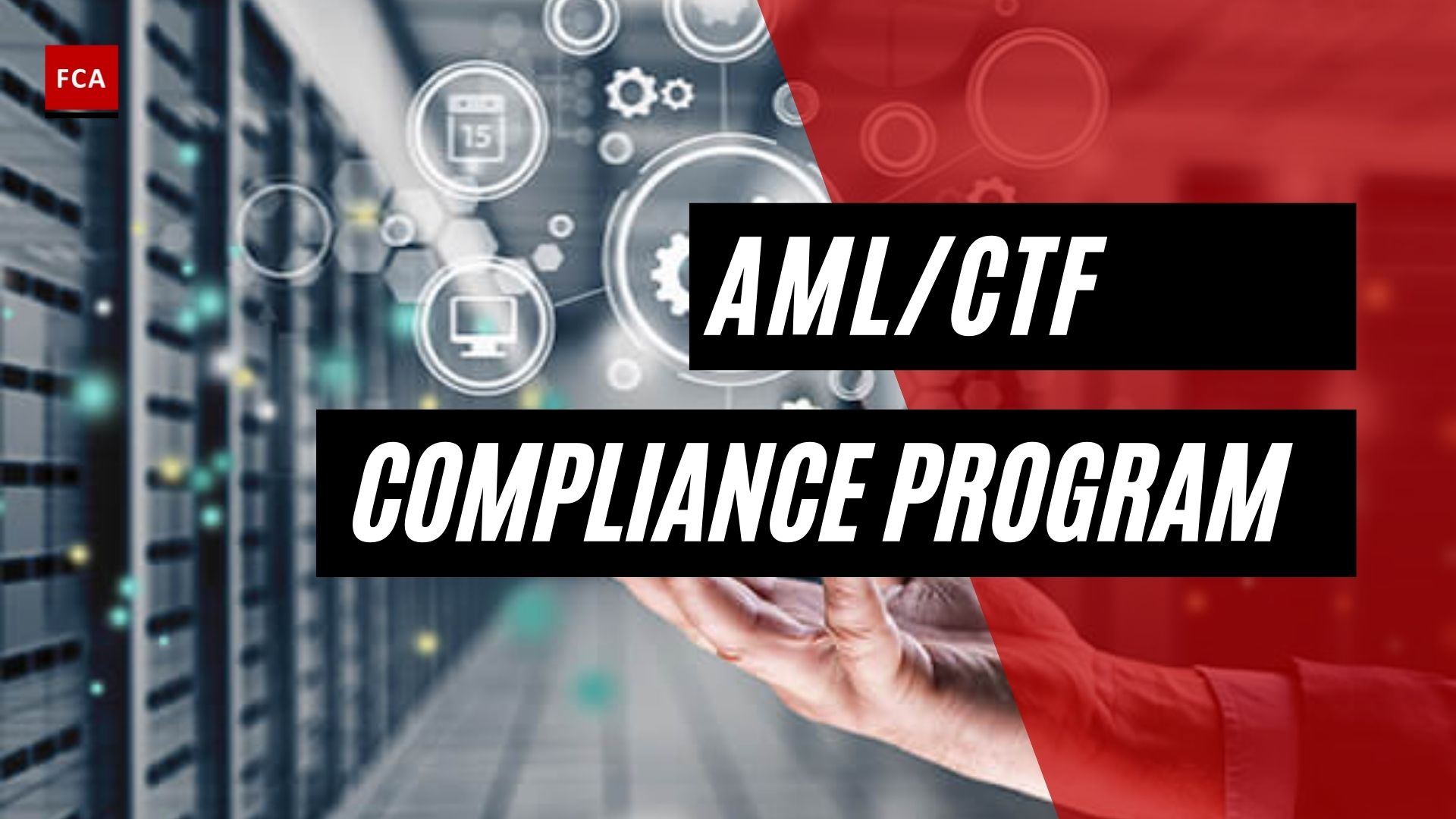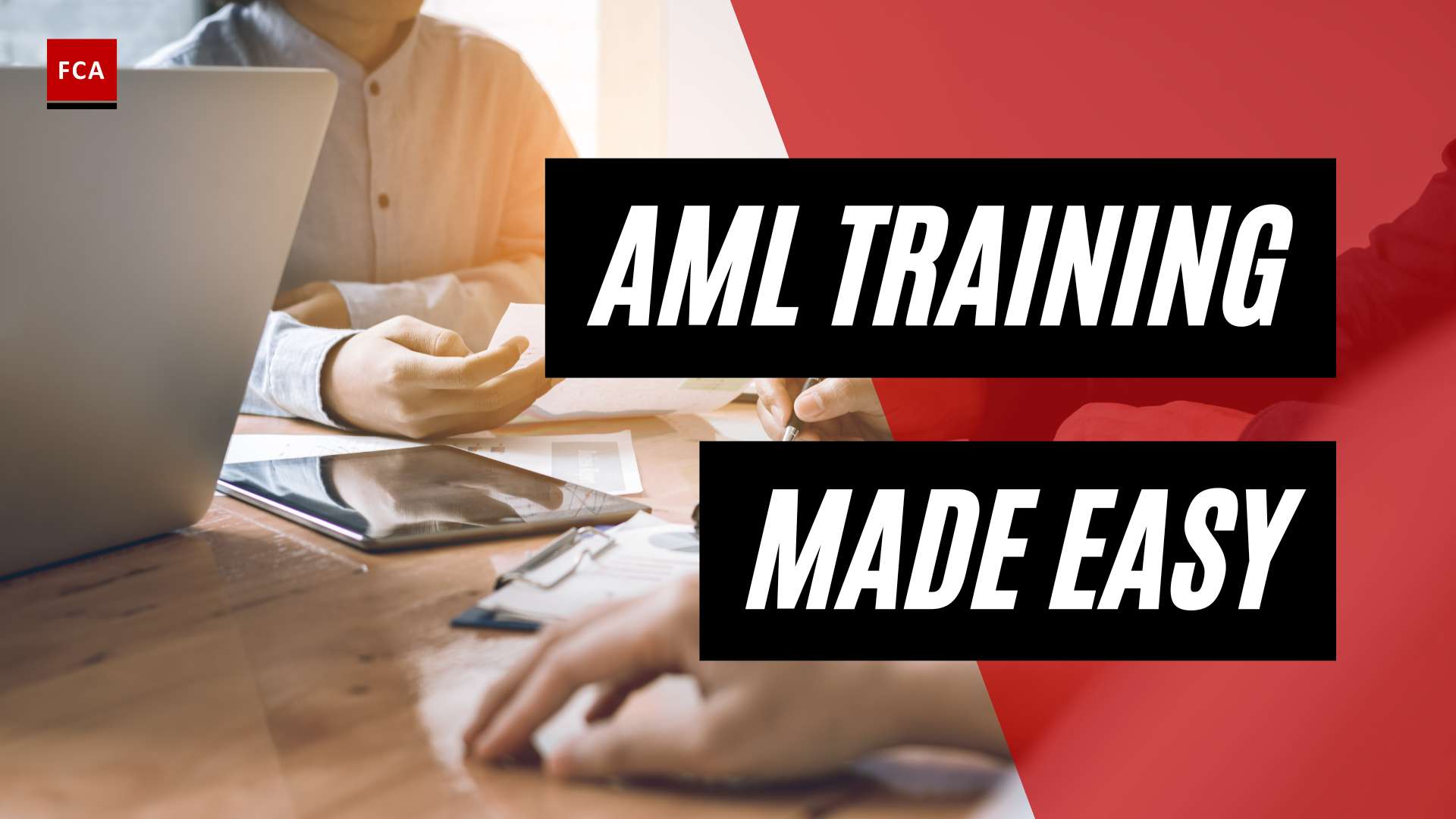Understanding AML in Art and Luxury Goods
To ensure the integrity and security of the art market, it is important to understand the role of anti-money laundering (AML) in the art and luxury goods industry. AML policies play a crucial role in preventing and detecting illicit financial activities, including money laundering and the financing of terrorism.
Introduction to AML in Art and Luxury Goods
The art market remains an attractive vehicle for money laundering due to its unique characteristics, such as the lack of transparency, unregulated markets, and the increasing use of cryptocurrencies for transactions (Forbes). The subjective nature of art value and the opacity of the art market create potential vulnerabilities that can be exploited by money launderers. It is essential for art galleries to understand these risks and take proactive measures to address them.
Art market participants have recognized the importance of implementing AML policies and are increasingly adopting voluntary initiatives to combat money laundering and the financing of terrorism (Forbes). By implementing effective AML measures, art galleries can contribute to a more transparent and secure art market.
Importance of AML Policies for Art Galleries
Art galleries play a critical role in the art market and have a responsibility to maintain the integrity of their operations. Implementing robust AML policies is essential to prevent the misuse of the art market for illicit financial activities.
By establishing comprehensive AML policies, art galleries can protect themselves from legal and reputational risks. Compliance with AML regulations and guidelines demonstrates a commitment to ethical business practices and helps build trust with clients, investors, and regulatory authorities.
The Financial Action Task Force (FATF) conducted a study revealing that only 18% of art market participants had implemented AML policies, significantly lower than other sectors like banking and real estate (Ballard Spahr). This highlights the need for increased awareness and adoption of AML measures within the art market.
By implementing AML policies, art galleries can:
- Mitigate the risk of involvement in money laundering or other illicit activities.
- Protect their reputation and maintain the trust of clients and stakeholders.
- Demonstrate compliance with regulatory requirements and avoid legal consequences.
- Contribute to the overall integrity and transparency of the art market.
To effectively implement AML policies, art galleries should proactively engage with regulatory authorities, industry associations, and experts to develop compliance programs tailored to the specific risks in the art market (Forbes). Ongoing training and awareness programs should be established to ensure that staff members are equipped with the necessary knowledge and skills to identify and report suspicious activities.
In the next sections, we will explore the AML regulations, vulnerabilities in the art market, and key AML measures that art galleries can implement to strengthen their AML frameworks and contribute to a more secure art market.
AML Regulations and Guidelines
To effectively combat money laundering and mitigate risks in the art market, art galleries must comply with various Anti-Money Laundering (AML) regulations and guidelines. These regulations provide a framework for establishing robust AML policies and procedures. Let’s explore some of the key regulations and guidelines relevant to art galleries.
Financial Action Task Force Recommendations
The Financial Action Task Force (FATF), an international organization that sets standards for combating money laundering and terrorist financing, periodically updates its recommendations. The 2021 recommendations emphasized the importance of assessing money laundering risks in the art market and considering the development of specific AML policies for art market participants (Forbes). The recommendations stress the need for risk assessments, proportionate measures, and ongoing due diligence in the art market.
AML Legislation in the United States
In the United States, the art market is subject to AML regulations under the Bank Secrecy Act (BSA). The Anti-Money Laundering Act of 2020 (AMLA 2020) expanded the coverage of the BSA to include art businesses. Antiquities businesses are now required to implement various AML measures, including the identification of beneficial owners, staff training, record-keeping, compliance policies, reporting obligations, and audits. The Financial Crimes Enforcement Network (FinCEN) has the authority to issue rules and regulations that art market participants must follow to comply with the BSA. Compliance with AML policies is crucial for art galleries to avoid non-compliance consequences.
European Union Directives and Regulations
The European Union (EU) has also taken steps to regulate the art market and combat money laundering. The Fifth Anti-Money Laundering Directive (5AMLD) requires art businesses in EU member states to implement risk-based AML/CFT (Combating the Financing of Terrorism) programs. The subsequent Sixth Anti-Money Laundering Directive (6AMLD) made AML screening and customer due diligence compulsory for all participants in the art market within the EU (ComplyAdvantage). These directives aim to enhance transparency and prevent money laundering in the art market.
By complying with these regulations and guidelines, art galleries can ensure that their AML policies are in line with international standards and applicable laws. Implementing robust AML measures is essential to protect the integrity of the art market and mitigate the risks associated with money laundering.
Vulnerabilities in the Art Market
To effectively implement AML policies for art galleries, it is crucial to understand the vulnerabilities inherent in the art market. The unique characteristics of the art market, combined with the lack of transparency and regulation, make it an attractive vehicle for money laundering activities. Let’s explore the characteristics of the art market and the specific money laundering risks associated with art transactions.
Characteristics of the Art Market
The art market is known for its subjective nature, where the value of artwork is determined by factors such as rarity, aesthetics, and desirability. This subjectivity can create challenges when it comes to assessing the true worth of a piece of art. Additionally, the art market is characterized by the following factors:
- Lack of Transparency: The art market often operates with limited transparency, making it difficult to trace the provenance and ownership history of artworks. This opacity can provide opportunities for illicit activities, including money laundering.
- Unregulated Markets: Unlike other financial markets, the art market is largely unregulated. This lack of regulation can create an environment conducive to criminal activities, as there are fewer safeguards in place to prevent money laundering.
- Increasing Use of Cryptocurrencies: The use of cryptocurrencies for art transactions has gained popularity in recent years. While cryptocurrencies offer certain advantages, such as pseudonymity and ease of cross-border transactions, they can also be exploited by criminals for money laundering purposes.
Understanding these characteristics is crucial for art galleries to identify and address potential vulnerabilities within their operations.
Money Laundering Risks in Art Transactions
Due to the unique characteristics of the art market, it remains an attractive vehicle for money laundering activities. Criminals may exploit the vulnerabilities present in art transactions to legitimize illicit funds. Some specific money laundering risks associated with art transactions include:
- High-Value Transactions: Artworks often involve significant sums of money, making them an attractive target for money laundering. Criminals may attempt to use art purchases or sales to disguise the origins of illicit funds or to inflate the value of assets.
- Anonymity of Buyers: The art market provides opportunities for buyers to remain anonymous, especially in private sales and auctions. This anonymity can make it challenging to identify the true beneficial owner of an artwork, which is essential for effective AML measures.
- Lack of Regulation: The absence of comprehensive regulations in the art market leaves it more vulnerable to money laundering. Without robust AML controls, criminals can exploit the art market’s loopholes to launder illicit funds undetected.
- Use of Intermediaries: Art deals often involve intermediaries, such as art dealers, agents, or consultants. These intermediaries can create additional layers of complexity, making it harder to trace the flow of funds and identify potential money laundering activities.
Art galleries must be aware of these money laundering risks and implement appropriate AML measures to mitigate them. By understanding the vulnerabilities in the art market, galleries can take proactive steps to safeguard their operations and contribute to the integrity of the art industry.
For a comprehensive understanding of AML regulations and guidelines specific to the art market, refer to our previous section on AML Regulations and Guidelines.
Key AML Measures for Art Galleries
To effectively combat money laundering and maintain compliance with anti-money laundering (AML) regulations, art galleries need to implement key AML measures. These measures include customer due diligence, identification of beneficial owners, and transaction monitoring.
Customer Due Diligence
Customer due diligence (CDD) is a crucial step in AML policies for art galleries. It involves conducting thorough background checks and verifying the identity of buyers and sellers. By performing CDD, art galleries can ensure that they are dealing with legitimate individuals and minimize the risk of facilitating money laundering activities.
During the CDD process, art galleries should request and verify important identification documents, such as passports or driver’s licenses. They should also gather additional information about the client’s background, including their source of funds and the purpose of the transaction. Enhanced due diligence may be necessary for high-value transactions or clients from high-risk jurisdictions.
By implementing effective CDD practices, art galleries can enhance transparency in the art market and contribute to the prevention of money laundering. For more information on AML compliance for art dealers, visit our article on aml compliance for art dealers.
Identification of Beneficial Owners
Identifying beneficial owners is another crucial AML measure for art galleries. Beneficial owners are individuals who ultimately own or control a customer or business entity. Art galleries should make efforts to identify and verify the beneficial owners to ensure transparency and prevent the misuse of art transactions for money laundering purposes.
The identification process should involve gathering information about the ownership structure of the customer or business entity. This may include identifying individuals who have a certain percentage of ownership or control over the customer or entity. By understanding the beneficial ownership, art galleries can assess the potential risks associated with the transaction and make informed decisions.
For additional information on AML regulations and guidelines specific to the art market, refer to our article on art market and aml regulations.
Transaction Monitoring
Transaction monitoring is a critical component of AML measures for art galleries. It involves the continuous monitoring of transactions to detect and report any suspicious activities. By implementing robust transaction monitoring systems, art galleries can identify patterns or behaviors that may indicate potential money laundering or illicit activities.
Effective transaction monitoring involves setting up automated systems that flag transactions meeting certain predefined criteria, such as unusual or repetitive patterns, high-value transactions, or transactions involving high-risk jurisdictions. When suspicious activities are detected, art galleries should promptly report them to the appropriate financial authorities.
Implementing transaction monitoring systems and diligently reporting suspicious activities not only helps in combating money laundering but also demonstrates the commitment of art galleries to maintaining a secure and transparent art market. To learn more about AML controls in the luxury goods industry, visit our article on anti-money laundering in luxury goods industry.
By implementing these key AML measures – customer due diligence, identification of beneficial owners, and transaction monitoring – art galleries can contribute to the integrity of the art market and protect themselves from the risks associated with money laundering. Additionally, ongoing training and awareness programs should be in place to ensure that staff members are well-informed and up-to-date on AML policies and procedures.
Compliance and Consequences
When it comes to Anti-Money Laundering (AML) policies, compliance is of utmost importance for art galleries. Failure to comply with AML regulations can lead to severe consequences, including reputational damage, fines, criminal charges, and potential closure of the business. Therefore, it is crucial for art businesses to establish robust AML policies and procedures (Art Business Info).
Consequences of Non-Compliance
The art market has faced increased scrutiny and regulations under the Anti-Money Laundering Act. This has prompted art market entities, including art galleries, to invest in compliance programs and make changes to their practices, leading to significant adjustments in operational procedures across the United States (ARTnews).
Non-compliance with the Anti-Money Laundering Act and its regulations can result in severe penalties for art dealers. These penalties may include fines and imprisonment, highlighting the importance of adherence to AML policies in art gallery transactions.
Benefits of Implementing AML Policies
While the consequences of non-compliance can be severe, implementing robust AML policies brings several benefits to art galleries. By establishing effective AML measures, art galleries can:
- Safeguard their reputation: AML policies demonstrate a commitment to ethical business practices and help protect art galleries from being associated with money laundering or illicit activities.
- Enhance customer trust: AML policies reassure customers that the gallery operates with integrity and takes the necessary precautions to prevent illicit financial activities.
- Mitigate risk: Implementing AML policies allows art galleries to identify and mitigate the risk of becoming involved in money laundering schemes. This helps protect the gallery from potential legal and financial repercussions.
- Maintain regulatory compliance: Adhering to AML regulations and guidelines ensures that art galleries stay in line with legal requirements, avoiding penalties and potential closure of the business.
Ongoing Training and Awareness
In addition to implementing AML policies, it is crucial for art galleries to provide ongoing training and awareness programs for their staff. This helps ensure that employees understand the importance of AML compliance and are equipped with the knowledge and skills to identify potential money laundering risks and suspicious activities.
Regular training sessions should cover topics such as customer due diligence, transaction monitoring, and the identification of beneficial owners. By staying updated on the latest AML regulations and best practices, art gallery staff can effectively contribute to the prevention of money laundering activities within the art market.
By implementing robust AML policies, art galleries can not only protect themselves from potential legal and reputational risks but also contribute to the overall integrity and transparency of the art market.
Remember to consult legal professionals and regulatory authorities to ensure that your AML policies align with the specific regulations and requirements applicable to your jurisdiction.

